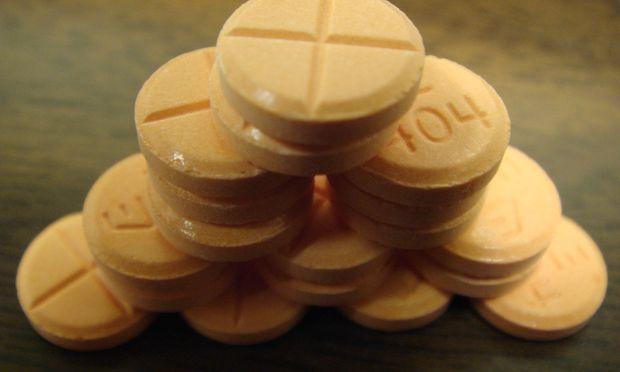A.D.H.D. an under- (and over-) diagnosed problem
Ritalin is often used to treat A.D.H.D. (Photo by Cult Gigolo via Flickr.)
New data from the Centers for Disease Control and Prevention finds the rate of A.D.H.D. diagnosis has exploded over the last decade, the New York Times reported recently.
An estimated 6.4 million children between the ages of four and seventeen have received an A.D.H.D. diagnosis at some point in their lives, 53 percent more than were diagnosed a decade ago.
And yet, while some kids may be over-diagnosed, for many, the disease goes undetected for years, causing a wide range of other mental and physical problems. This is particularly true for girls and women: according to the New York University Child Study Center, between 50 and 75 percent of girls with A.D.H.D. do not receive a diagnosis.
One of the largest studies of young women with A.D.H.D., published in 2006, found that undiagnosed girls were much more likely to have problems with academic performance, anxiety, depression, eating disorders and risky behaviors, such as substance abuse.
Journalist Katherine Ellison received an A.D.H.D. diagnosis as an adult, at the same time as her 12-year-old son. She chronicled this experience in her book “Buzz: A Year of Paying Attention.” She’s also published a new book, “Square Peg: My Story and What It Means for Raising Innovators, Visionaries, and Out-of-the-Box Thinkers.”
Ellison is concerned with all aspects of the disorder, but worries most about the children who are overlooked.
“I worry more about the kids who don’t get treatment and don’t get recognized and go into schools that are really hostile environments for them.” she said. “Boys are much more likely to get diagnosed … girls slip under the radar even when they have real problems.”
But it’s not just gender that can influence whether someone is diagnosed. There are geographical differences in detection as well.
“You’re much more likely to be diagnosed and to be medicated if you’re in the South than for instance if you’re in California, where I live,” she said.
While there is a problem with underdiagnosis in certain regions and within certain demographics, Ellison acknowledges there are also issues of over-diagnosis.
“There’s all sorts of problems with that,” she added. “There’s problems with abuse of medication and I think there’s still tremendous stigma.”
All the same, A.D.H.D is a real issue, with consequences both for those who don’t get the diagnosis they need, as well as for those who are falsely diagnosed.
“It seems a little bit like global warming. There’s a scientific consensus that this exists. It can be a devastating problem. But there are a lot of A.D.H.D. deniers,” she said.
